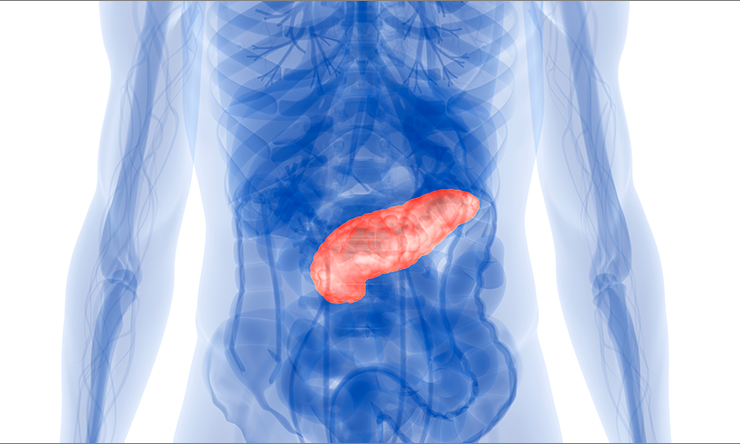Study looks at approaches for early diagnosis of pancreatic cancer
Researchers at the Dan L Duncan Comprehensive Cancer Center at Baylor College of Medicine are getting a boost in their work to find ways of diagnosing pancreas cancer at an earlier stage. The Pancreatic Cancer Action Network (PanCAN) has launched the $25 million Early Detection Initiative to determine what role imaging at the time of new-onset diabetes may play in the early detection of pancreatic cancer, and Baylor will be one of the sites for this research.
Baylor researchers will collaborate with other Houston institutions, including Kelsey-Seybold Clinic and the University of Texas MD Anderson Cancer.
“Pancreatic cancer lags behind all other cancers in terms of outcome,” said Dr. William Fisher, principal investigator of the study and professor and vice chair for clinical affairs in the Michael E. DeBakey Department of Surgery at Baylor. “Part of the reason for this is the anatomy of the pancreas and the vague symptoms leading up to a diagnosis. This research could be a game changer in terms of how we approach the diagnosis of pancreatic cancer.”
The five-year survival rate for pancreatic cancer is just 10%. In 2021 more than 60,000 Americans will be diagnosed with pancreatic cancer and approximately 48,000 will die from the disease, making it the third leading cause of cancer death in the United States, according to the American Cancer Society’s Cancer Facts & Figures 2021 report.
In this study, Fisher and colleagues will follow a large cohort of patients who are at a higher risk of developing pancreatic cancer, which includes patients who develop new-onset diabetes. They also will look even more carefully at a subset of these patients who have additional features that put them at an increased risk, such as unexplained weight loss. Individuals in the study will be followed and evaluated through imaging. Across the country, 12,500 individuals will be followed for five years.
In addition to having radiologists analyze the CAT scans of individuals in the study, researchers also will use artificial intelligence to see whether the computer can help pick out those who are either on their way to developing pancreatic cancer or at an early stage of the disease. Blood samples will be taken from the individuals with the hope of developing new diagnostic biomarkers for early diagnosis.
“We hope to shift the diagnosis to an earlier stage of disease where it’s more treatable,” Fisher said. “It’s very frustrating to me as a surgeon that we can’t do better with this disease. I’d love to see that change and make a bigger impact with earlier surgeries.”
The project is a result of the Consortium for the Study of Chronic Pancreatitis, Diabetes and Pancreatic Cancer from the National Institutes of Health and National Cancer Institute and made possible through funding by PanCAN.










